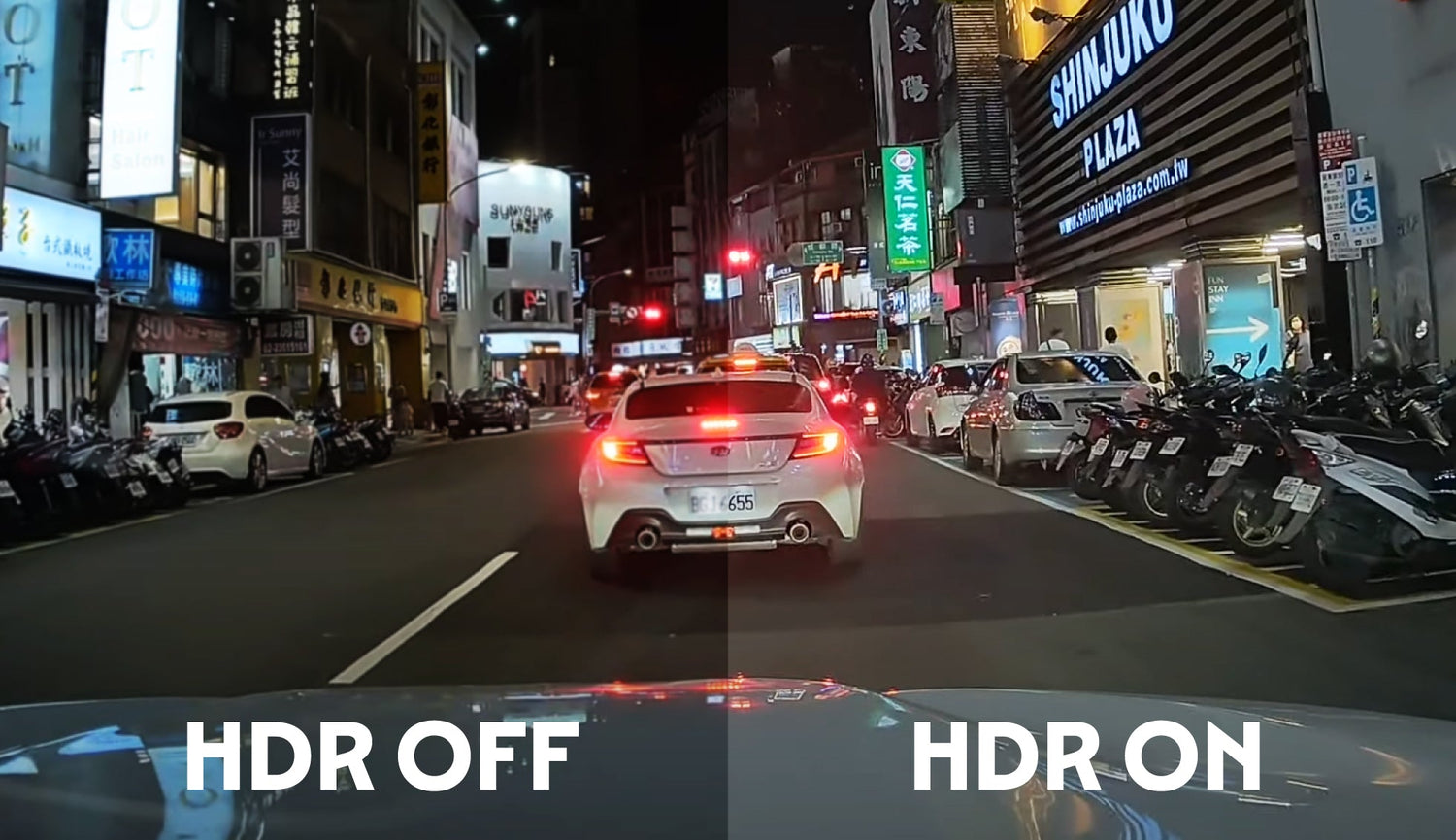The principle of HDR (High Dynamic Range) imaging technology is to enhance the contrast and color of the image by expanding the dynamic range of the image, so that more details and levels can be displayed in the picture. The following are the main principles and steps of HDR:
1. Composite multiple exposure photos:
● Take multiple photos: In traditional photography, for high dynamic range scenes (i.e. containing both very bright and very dark parts), a single exposure can result in loss of detail. HDR technology typically takes multiple photos with different exposure times (usually normal exposure, overexposure, and underexposure).
● Composite image: Combine these photos with different exposures into one HDR image. This ensures that every part of the image retains the best possible detail: highlights are not overexposed and shadows are not too dark.
2. Image fusion:
● Detail extraction: Extract the best details from each photo through image fusion technology. For example, normally exposed photos can retain mid-brightness details, underexposed photos can show more dark details, and overexposed photos can capture more bright details.
● Composite HDR image: Combine the extracted details into an image that has a wider dynamic range than a single exposure photo.

3. Color mapping:
● Color adjustment: HDR images require color mapping and brightness adjustment to adapt to the range of the display device. This is because the brightness range of HDR images exceeds the display capabilities of traditional display devices.
●Display effect: HDR images after color mapping can be displayed on display devices that support HDR, providing higher contrast and more realistic colors.

4. Dynamic range compression (Tone Mapping):
● Compression processing: In HDR image processing, dynamic range compression is a technology that compresses a wide brightness range into a range that the display device can handle. In this way, the details in the image can be presented close to the original HDR image on a display device that supports HDR.
In summary, HDR technology expands the dynamic range of images by compositing images with different exposures, and uses color mapping and dynamic range compression technology to ensure that images can present the best results on various display devices. This preserves more detail in high-contrast scenes, delivering more realistic and vivid images.
In driving recorders (driving recorders), the role of HDR is mainly reflected in the following aspects:
1. Improve the recording effect at night: HDR technology can improve the clarity and details of the image when the light is insufficient, making the recording effect better at night or in low-light environments. This allows the recorder to capture more detail even in dim or high-contrast light.
2. Handle high-contrast scenes: When there is a strong light source (such as sunlight or the headlights of the car in front) in front of you, HDR technology can effectively balance the bright and dark parts of the picture to avoid overexposure or overdarkness, making the image more neutral. details are clearer.

3. Improve video quality: HDR driving recorder can capture more color levels and details, making the recorded video quality higher, which is especially important for recording accident evidence or identifying details such as license plates.
In general, a driving recorder with HDR function can provide clearer and more detailed video footage under various lighting conditions, helping to provide more accurate evidence at critical moments (such as when an accident occurs).








Leave a comment
All comments are moderated before being published.
This site is protected by hCaptcha and the hCaptcha Privacy Policy and Terms of Service apply.